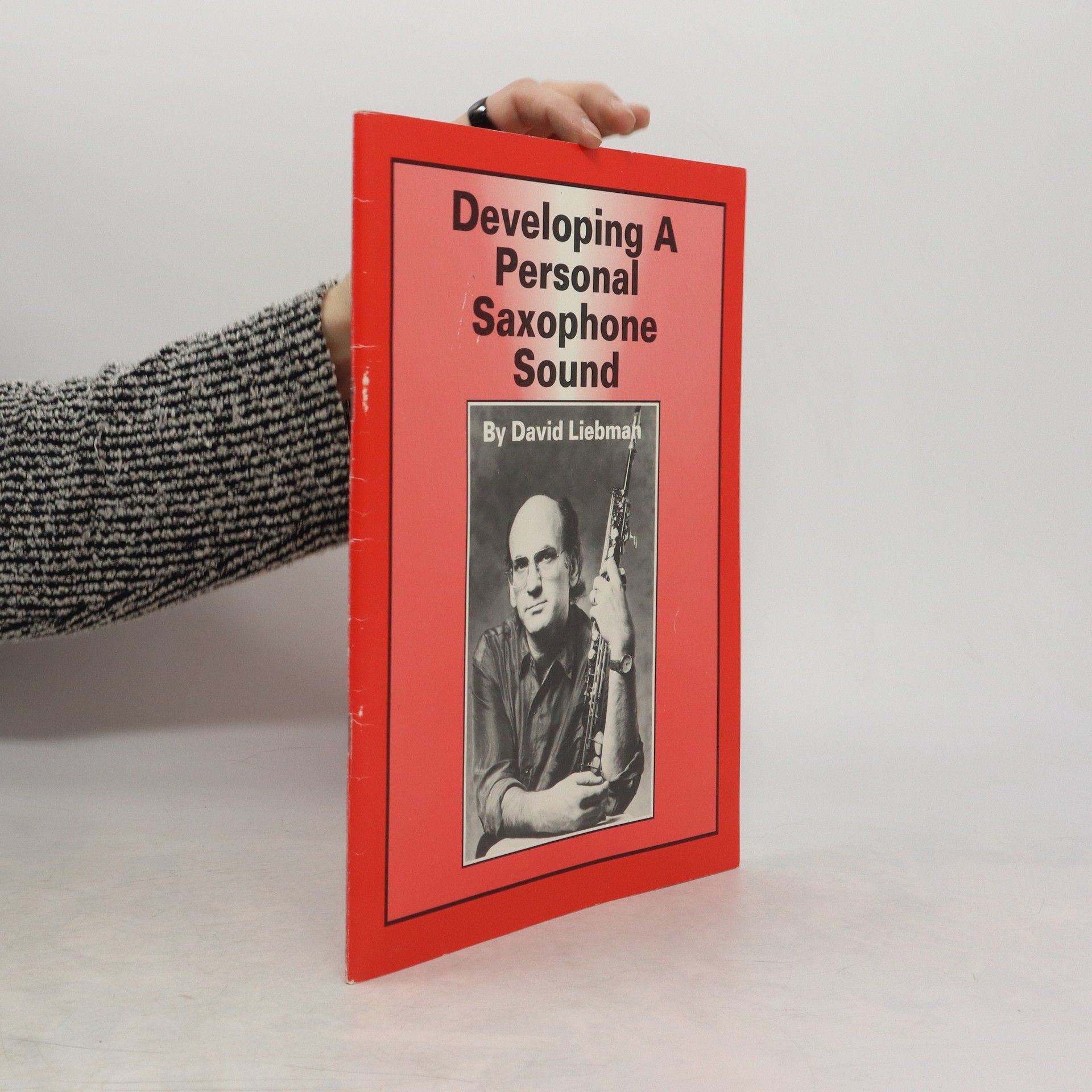Through a series of in-depth interviews, Dave Liebman shares his journey as a prominent figure in contemporary jazz, detailing his experiences with legendary musicians like Miles Davis and Elvin Jones. The conversations, conducted by pianist and jazz scholar Lewis Porter, explore Liebman's professional and personal life, including his battle with polio as a child. Accompanied by rare photos, this engaging narrative offers insights into the passion and determination that shaped his career, appealing to both jazz enthusiasts and those intrigued by personal stories of resilience.
Dave Liebman Livres






A concise description of David's approach to playing over the stated tonality using chromaticism, polychords, derived chords, and non-diatonic scales. Includes a CD of David playing examples over selected piano chords. A sure way to "hip up" and modernize your playing.
Vynikající saxofonista David Liebman (nar. 1946 v Brooklynu) se proslavil též jako světově uznávaný pedagog v oblasti jazzu a saxofonové hry. Učebnice systematicky a velmi podrobně popisuje techniku hry na tento nástroj a zároveň vysvětluje, jak o hře přemýšlet a hledat optimální přístup k jejím jednotlivým aspektům (dýchání, nátisk, frázování atd.). Soustředí se především na odstranění zlozvyků a na rozvoj přirozené a uvolněné techniky. Učebnice je vhodná pro začátečníky i pokročilé hráče bez ohledu na hudební styl, jemuž se věnují. Důležité informace zde naleznou nejen saxofonisté, ale i klarinetisté a hráči na ostatní dechové nástroje či zpěváci (kapitola o dýchání).
This book should be seen as a method to help the artist to develop his or her own way when trying to improvise chromatically. Through the concepts and examples offered, the improvisor should be able to use this material alongside already familiar tonal ideas. Specifically, the book serves as a guide for organizing chromaticism into a coherent musical statement meant to satisfy both the intellectual and emotional needs of artistic creation. The reader will be introduced to more than one way of conceiving chromatic lines and harmonies. There is nothing theoretically complex or new in the text, it is the organization of the material as well as many musical examples and transcriptions (Bach, Scriabin, Coltrane, Shorter, Hancock, Beirach, Liebman a. o.) which should serve to inspire musicians to expand their usual diatonic vocabulary. This book also provides insight into the style of playing that David Liebman is known for. In addition the book contains 100 assorted solo lines and 100 chord voicings. More from David Liebman at his homepage.